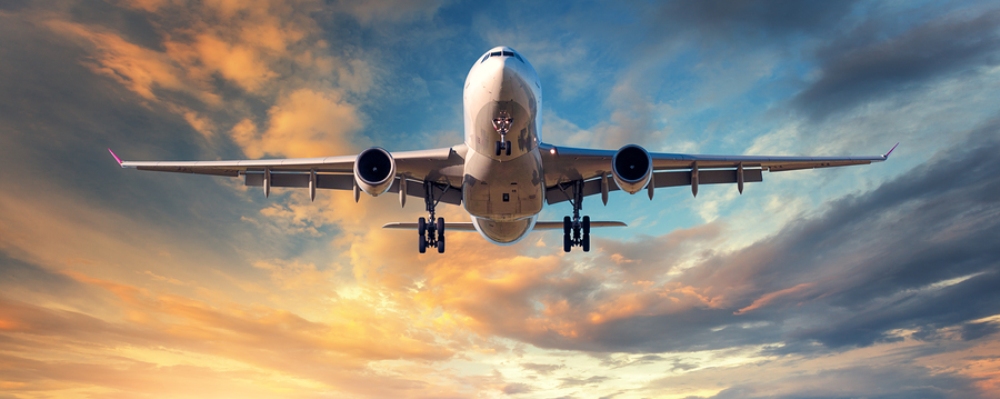
You have heard of the saying that what goes up must come down. For example, if you jump up in the air, you are always going to come back down. You have no choice because of a little thing called the “law of inertia” and the disruptive force of gravity.
As a universal rule that applies to everything from Newton’s apple to holding the moon in its orbit, all things adhere to this law – including airplanes.
So how do these massive air machines seemingly defy this law with relative ease only returning to earth at a time of its pilot’s choosing? How do planes fly?
Back to School
Do you remember the introduction of the Bernoulli Principle of flight in grade school? Basically, the shape of a plane’s wings was to ensure that the air above the wing had to travel further and faster than the air underneath the wing to create lift.
The creation of lift is the result of the difference in pressure caused by the faster and slower moving air above and below the wing, respectively. The faster-moving air traveling a greater distance creates lower pressure on top, while the slower moving air traveling a shorter distance creates higher pressure under the wing producing lift.
However, for a plane to fly, it must overcome two incredibly strong forces - those of gravity and drag.
No Net Force
Now you have the wings that create lift, but your plane is still on the ground. That’s gravity at work. So what you now need to take to the air is thrust.
To get airborne both the lift of the plane and its thrust or forward motion must be greater than the forces of gravity and drag. Once again, gravity is the force that pulls you down to the ground, while drag is the friction of air molecules coming into contact with the plane while in motion or flight.
Think of it this way: lift must overcome gravity, and thrust must overcome drag. Of course, during flight, all four of these dynamics are at play simultaneously to create what is known as “no net force”.
Specifically, and according to Newton’s first law, the balance achieved with no net force means that an object at rest stays at rest, and an object in motion even 30,000 feet above the ground stays in motion.
In flight, this balance is achieved based on the thrust force or speed of the plane’s forward motion causing the air molecules to hit the aerodynamically shaped wings so that there is lower pressure on top and higher pressure below causing the lift that is necessary to overcome gravity while also counterbalancing the drag.
In short, without the necessary thrust force, you cannot create sufficient airflow to cause lift and hence cannot leave the ground and fly.
Controlled Flight
While you now understand the physics of flight, i.e., how something so big and heavy can get up and stay up in the sky, someone has to fly the plane when it is up there.
While there are numerous instrumentation and controls within the cockpit of a modern jet, there are three basic flight controls.
There are the ailerons, which control the roll of the plane through the raising or lowering of the wings.
Then you have the rudders that make the aircraft go left or right otherwise known as the plane’s yaw. The ailerons and rudders work together to turn the plane.
Finally, the pitch, which is what makes the aircraft go up or down, is controlled by the elevators located in the tail of the plane.
The Need for Speed
From Orville and Wilbur Wright’s first powered flight in 1903 to today’s modern jets crisscrossing the globe, flying has evolved dramatically – particularly when it comes to speed.
With sleek aerodynamic design and maximum thrust force, commercial airliners reach a cruising speed of 510 knots or a little more than 587 miles per hour. That is considerably faster than the Wright’s nascent model that, when catapulted into the air, hit a maximum speed of nearly 29 miles per hour.
While commercial jets are fast at 587 miles per hour, they are a long way off from the world's fastest jet, the North American X-15. In 1967, the X-15 flew at an astounding 4,474 miles per hour or Mach 6.70. Now that is maximum thrust force!
The Wonder of Flying
Air travel is so common today that many boarding a plane for a flight to destinations near and far take flying for granted. The next time you find yourself looking out the window of a plane at the expansive scenery of the ground below and the endless vista of the sky above, take a few moments to ponder the miracle of flight.
